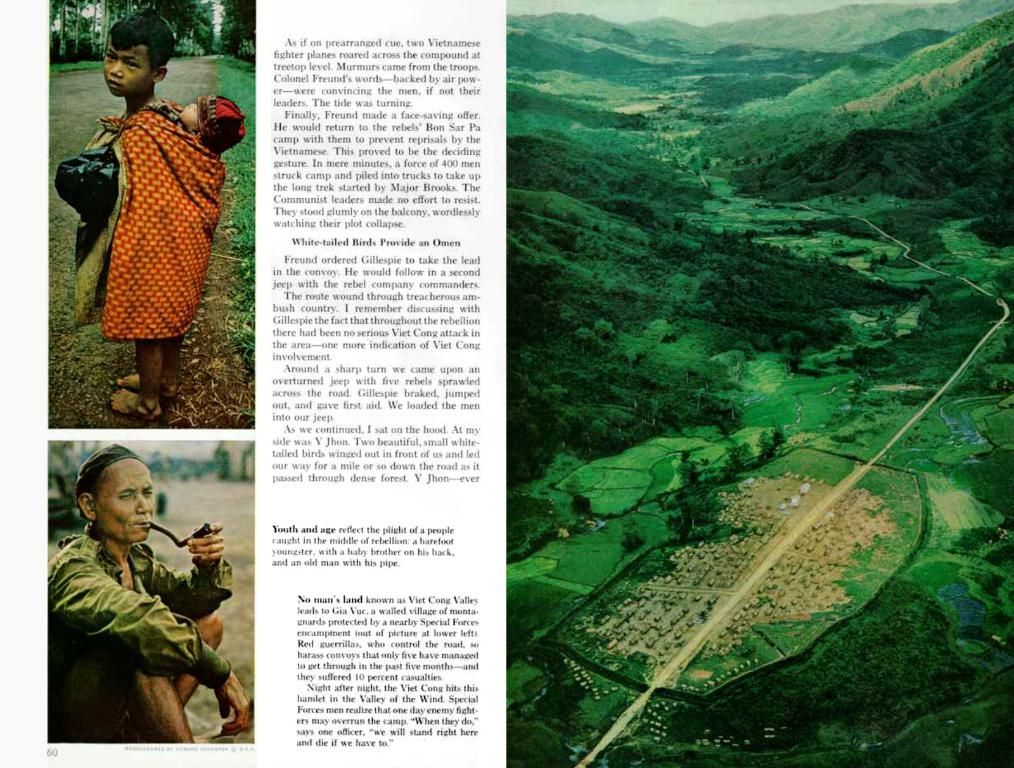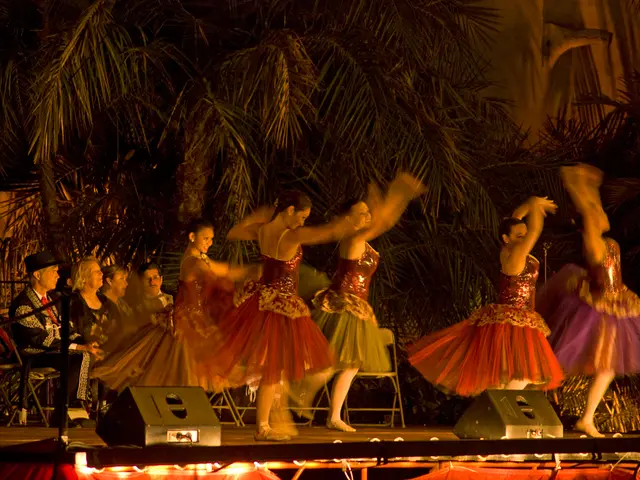Diving Deep into the Essence of R&B Melodies: Uncovering the Emotional Depth and Everlasting Rhythms!
Stride into the mysterious realm of R&B, an intriguing fusion of rhythm, soul, and blues that illuminated American music in the enigmatic 1940s. Born from the passionate blend of jazz, gospel, and blues, R&B sends waves of pulsating beats and heartfelt melodies that echo deep within the heart of every listener without bounds.
From the intimate caresses of love, heady sighs of heartache, to the profound calls for social justice, R&B cunningly weaves a tapestry of emotional stories that resonate with the human soul. But what's fascinating about this genre is it's ever-evolving nature, forever refusing to dance to the same beat, even as it pays homage to its roots.
Emergence of R&B
As the echoes of World War II faded away, a new sound emerged. African American musicians, armed with their soulful roots, began to experiment with provocative and expressive blends of jazz, blues, and gospel. The label "rhythm and blues" was coined in the late 40s, replacing the antiquated term "race music". And thus, R&B was born.
The early R&B scene featured the staccato beats of boogie-woogie piano, riveting saxophone sections, and powerful, emotive vocals. The genre quickly captivated audiences, especially in urban hubs like Chicago, Detroit, and New York, where cultures collided and energies intermingled like cosmic particles in an infinite dance.
Growth and Evolution
The R&B sound rapidly gained prominence in the 1950s and 1960s, influencing American music in a profound way. Artists such as Ray Charles, Aretha Franklin, and Sam Cooke infused gospel elements, creating a new sound that would later be known as soul music.
Pioneering labels like Motown and Stax propelled R&B to the forefront of the music scene during this era. Known for their polished productions and radio-friendly hits, Motown dominated the airwaves, and artists like the Jackson 5 brought R&B to an international audience. In contrast, Stax gave voice to a more raw, emotionally charged form of R&B that spoke directly to its audience.
Diversification
The 1970s brought forth a new wave of musical styles and experimentation. Funk, a more rhythmically complex and dance-oriented genre, emerged, with James Brown and Parliament-Funkadelic leading the charge. Disco also made its mark, albeit briefly, by borrowing heavily from R&B. Meanwhile, soul music continued to thrive, with the likes of Stevie Wonder and Marvin Gaye crafting masterpieces that captured the imagination of listeners.
In the 1980s, R&B experienced a shift, incorporating fresh technologies and production techniques. This led to a more polished and sleek genre known as contemporary R&B, with titans such as Michael Jackson, Prince, and Whitney Houston redefining the boundaries of R&B. These artists also blurred the lines between R&B and pop, rock, and even hip-hop, making R&B a truly eclectic genre.
Modern R&B
Today, R&B continues to evolve, drawing inspiration from electronic music, pop, and global sounds. Artists like Beyoncé, Frank Ocean, and The Weeknd have redefined the genre, effortlessly blending old-school elements with cutting-edge production methods. This fusion creates a sound that is both groundbreaking and deeply rooted in the genre's storied past.
R&B's Legacy
R&B is a genre with deep roots and a vast history, reflecting the social and musical evolution of each era. It has remained a vital, ever-changing force in the music world, inspiring artists across diverse genres and captivating listeners worldwide with its soulful vocals, infectious beats, and evocative verses.
From the velvety serenades of Aretha Franklin to the avant-garde sounds crafted by Beyoncé and Frank Ocean, R&B continues to bewitch audiencies with its commanding vocals, irresistible rhythms, and poignant narratives. Its influence reverberates through the halls of popular culture, shaping the fabric of mainstream musical culture across the globe.
Sources
- The History of R&B Music. (n.d.). Retrieved February 13, 2023, from https://www.history.com/news/the-history-of-r-b-music
- The Origins, Evolution, and Styles of R&B Music. (n.d.). Retrieved February 13, 2023, from https://www.britannica.com/topic/rhythm-and-blues/The-origins-evolution-and-styles-of-rhythm-and-blues
- R&B Music: Origins, History, Styles, and Artists. (n.d.). Retrieved February 13, 2023, from https://www.rollingstone.com/music/music-news/history-of-r-b-471714/
- R&B Music. (n.d.). Retrieved February 13, 2023, from https://www.oxfordbibliographies.com/view/document/obo-9780199846733/obo-9780199846733-0010.xml
- The journey of R&B music extends beyond its roots in rhythm, soul, and blues, exploring diverse genres like electronic music, pop, rock, hip hop, funk, and blues, forming an intricate tapestry of entertainment.
- In the 1970s, R&B diversified, giving birth to funk – a rhythmically complex genre characterized by James Brown and Parliament-Funkadelic – and disco, which borrowed heavily from it, albeit briefly.
- As the years progressed, contemporary R&B emerged in the 1980s with artists like Michael Jackson, Prince, and Whitney Houston incorporating fresh technologies and production techniques, blurring the lines between R&B and other genres like pop, rock, and hip-hop.
- Today, modern R&B artists such as Beyoncé, Frank Ocean, and The Weeknd continue to push boundaries, seamlessly blending old-school elements with cutting-edge production methods.
- R&B's legacy is undeniable, influencing musicians worldwide, captivating audiences with its soulful vocals, irresistible rhythms, and poignant narratives, leaving an indelible mark on the fabric of mainstream musical culture.







